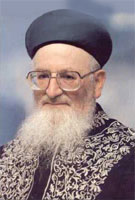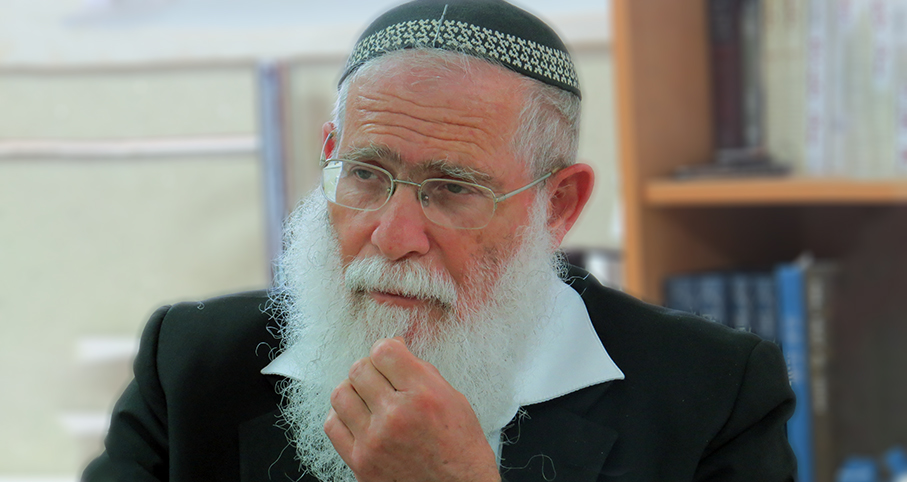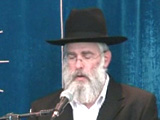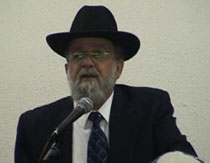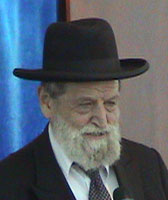Beit Midrash
- Sections
- Chemdat Yamim
- Parashat Hashavua
- Shabbat and Holidays
- Purim & The Month of Adar
- The Essence of Purim
It is hard not to notice the similarities between our heroine, Esther, and our matriarch Sarah. These women, recognized by the Torah as exceptional beauties and by Chazal as prophetesses (Megilla 14a), were both taken against their will to the king’s palace, with the plan of their being the queens of non-Jewish world-power kings. Their husbands stood powerlessly by the side as Divine Providence called the shots.
But the similarities stop here. Sarah was miraculously saved from the dubious honor of being queen and the outright disgrace of being the wife of a non-Jewish man. Esther, on the other hand, merited no such miracle and perhaps even was the ‘victim of a miracle’ in that she was chosen as queen, certainly according to the opinion that she was not beautiful and considering her stubborn reluctance to so much as say where she came from. What went wrong?
The Alshich (Esther 2:7) is sensitive to this problem and discusses frankly whether we can believe that Esther was as righteous a woman as we would like to think. He concludes that Esther was indeed a pure tzadeket and enlists the midrash (Rabba 58:3) to demonstrate the positive element of the comparison to Sarah. Rabbi Akiva said that Esther was fit to rule over 127 nations because she came from Sarah who lived for 127 years. Indeed, it was the strength of character of the matriarch that gave Esther power.
The Alshich explains that Sarah’s and Esther’s experiences saved Bnei Yisrael. Sarah stood as the harbinger of the power of the Jewish woman to stay pure despite the pressures of a corrupt Egyptian society during the period of slavery (Shir Hashirim Rabba 4:11). Esther took part in saving Bnei Yisrael by staying with the not-so-righteous king, being at the right place at the right time, and acting in the right way to be the vehicle to save the nation, as Mordechai so poignantly urged her (Esther 4:14). However, it came at a price. Esther was stuck with Achashveirosh. Mordechai lost his wife and perhaps some of his religious luster (Megilla 16b). But saving Bnei Yisrael was well worth the price, and being immortalized in the book that bears her name and the holiday they established was part of their reward.
Every Jew has to be ready to make the ultimate sacrifice for his nation and for his religion. Some people in perilous situations were miraculously saved (Avraham, Daniel, and others). Many actually did pay with their lives. The fact that they were not fully saved does not mean that they were not righteous but that at their time and in their circumstances, the divine plan included some other road to eternal greatness.

Parashat Hashavua: What’s in the Name of Noach?
Rabbi Yossef Carmel | Cheshvan 5786

Parashat Hashavua: From Paroh to Hamas and Iran – In Those Days at this Time
Rabbi Yossef Carmel | Kislev 5786

Zaken Mamreh
Rabbi Yossef Carmel | 4 Elul 5767

Parashat Hashavua: “Kings Will Descend from You”
Rabbi Yossef Carmel | Kislev 5786

Rabbi Daniel Mann

Davening Early on Shavuot
Iyar 26 5777

Reciting Borei Nefashot on Food When One Will Still Drink
Sivan 3 5780

Making Sure your Check Is Cashed
Kislev 5783


